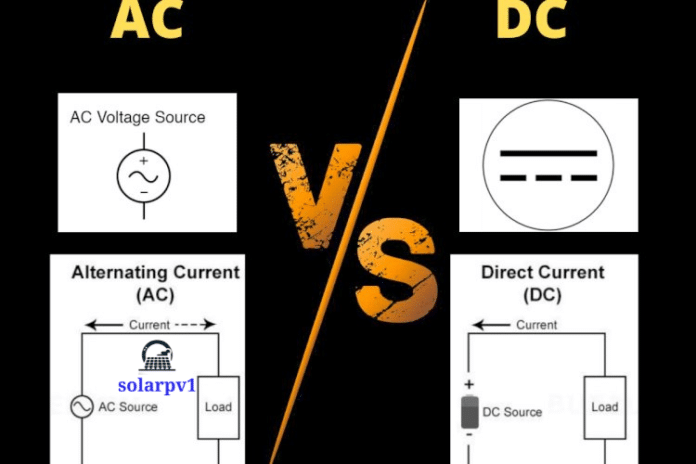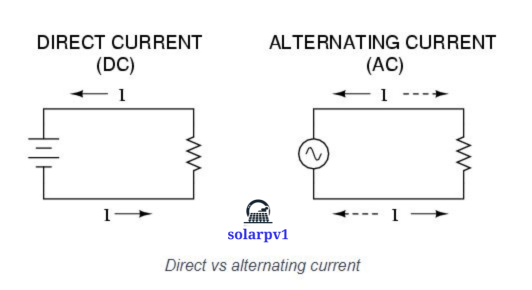Understanding Electrical Power: AC Power and DC Power
Electrical power is a fundamental concept in the field of electrical engineering. It refers to the rate at which electrical energy is transferred or consumed. There are two main types of electrical power: AC power and DC power.
AC Power
- AC power, or alternating current power, is the type of electrical power commonly used in our homes and businesses. It is characterized by the periodic reversal of the direction of current flow. In an AC power system, the voltage and current change direction and magnitude in a sinusoidal manner, following a wave-like pattern.
- AC power is generated by power plants and then distributed to our homes and businesses through power lines. It is used to power a wide range of devices and appliances, from lights and fans to computers and refrigerators.
DC Power
- DC power, or direct current power, is the type of electrical power that flows in only one direction. Unlike AC power, which alternates its direction periodically, DC power maintains a constant polarity. It is commonly used in batteries, electronic devices, and certain industrial applications.
- DC power is generated by converting AC power into DC power through a process called rectification. This can be done using diodes or other electronic components. Once converted, DC power can be stored in batteries or used directly to power electronic devices.
Understanding Power Factors: Active Power, Reactive Power, Apparent Power, and Complex Power
In addition to AC and DC power, there are other concepts related to electrical power that are important to understand. These include active power, reactive power, apparent power, and complex power.
Active Power
Active power, also known as real power or true power, is the actual power consumed or transferred by a device or system. It is measured in watts (W) and represents the energy that is converted into useful work, such as heating, lighting, or mechanical motion. Active power is the component of power that is responsible for doing the actual work.
Reactive Power
Reactive power is the power that is exchanged between inductive and capacitive elements in an AC power system. It is measured in volt-amperes reactive (VAR) and represents the power that is alternately stored and released by reactive components, such as inductors and capacitors. Reactive power does not perform useful work directly but is necessary for the operation of certain devices and systems.
Apparent Power
Apparent power is the combination of active power and reactive power. It is measured in volt-amperes (VA) and represents the total power supplied or consumed by a device or system. Apparent power is the magnitude of the complex power, which takes into account the phase difference between the voltage and current in an AC power system.
Complex Power
Complex power is a mathematical representation of the combination of active power and reactive power in an AC power system. It is represented by a complex number and is measured in volt-amperes (VA). Complex power takes into account both the magnitude and phase difference between the voltage and current, providing a more complete understanding of the power flow in an AC circuit.
Understanding the different types of electrical power, including AC power, DC power, active power, reactive power, apparent power, and complex power, is essential for anyone working with electrical systems. By grasping these concepts, engineers and technicians can design and maintain efficient and reliable electrical systems.
Read More : https://solarpv1.com/
Expansion Directory.com

